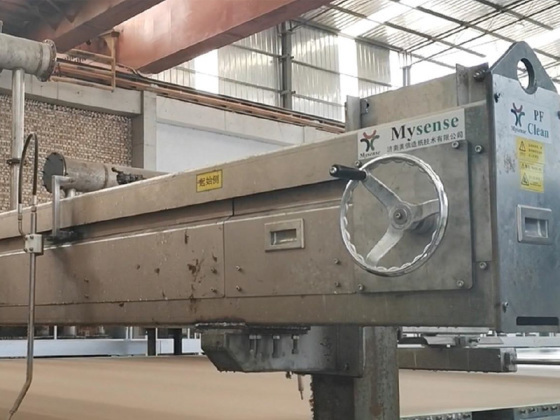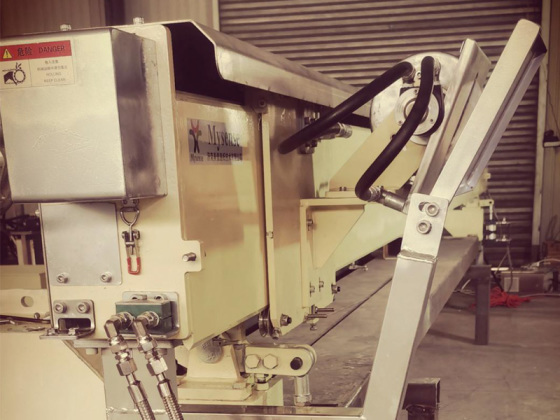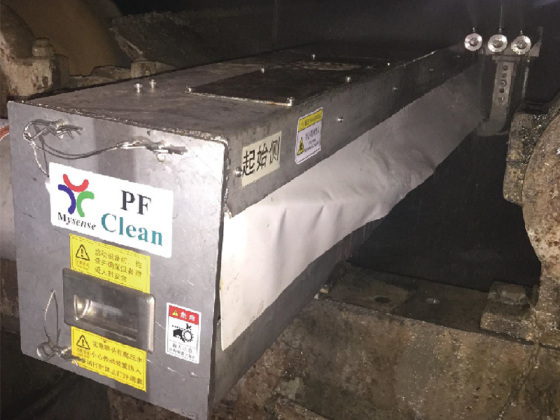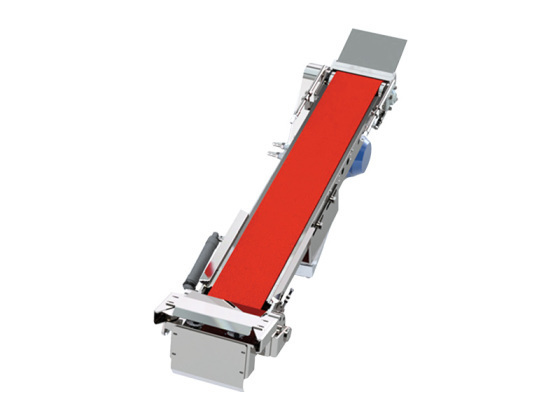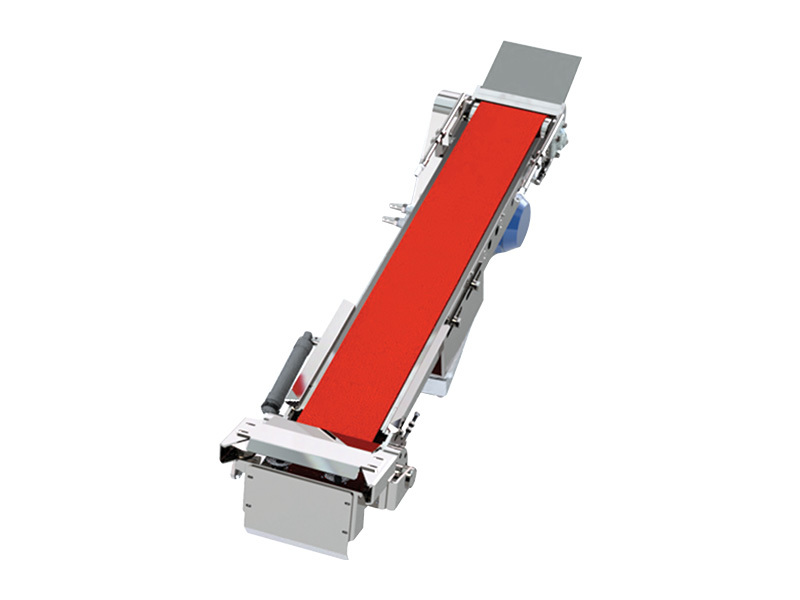Next-Level Efficiency: Tail Cutter Tailored for Wet Section Applications
Published on:
2025-07-19 10:00
Next-Level Efficiency: Tail Cutter Tailored for Wet Section Applications
Introduction to Tail Cutters in Wet Section Applications
In the realm of manufacturing, efficiency and precision are paramount. Tail cutters have emerged as pivotal tools, especially in wet section applications where the demands for accuracy and performance are heightened. By streamlining processes and enhancing material handling, these specialized cutters offer significant advantages. This article delves into the functionality, benefits, and innovations surrounding tail cutters, positioning them as essential components in modern manufacturing.
What Are Tail Cutters and Their Role in Manufacturing?
Tail cutters are specialized cutting tools designed to provide precise and efficient cutting solutions in various manufacturing processes. Their unique design allows them to operate effectively in wet environments, where traditional cutting tools may struggle. These cutters often employ advanced technologies to ensure that they deliver optimal performance, reducing downtime and improving overall production efficiency.
Understanding Wet Section Applications
Wet section applications refer to manufacturing processes that involve the use of liquids, whether for cooling, lubrication, or as part of the product itself. Industries such as paper, textiles, and food processing frequently utilize these techniques. Given the nature of these environments, selecting the correct cutting tools is essential to ensure consistent quality and avoid costly production delays.
Key Features of Tail Cutters for Wet Section Applications
Tail cutters designed for wet environments come equipped with several distinctive features that enhance their functionality and efficiency.
1. Corrosion-Resistant Materials
One of the primary challenges in wet section applications is the risk of corrosion. Tail cutters are often made from high-grade stainless steel or coated with specialized materials to resist corrosion, ensuring durability and longevity.
2. Enhanced Cutting Edge Geometry
The cutting edge design of tail cutters is optimized for wet applications. This design minimizes drag and allows for smoother cuts, which is crucial when working with materials that may be saturated or otherwise compromised by moisture.
3. Integrated Cooling Systems
Some advanced tail cutters incorporate integrated cooling systems that provide continuous lubrication during operation. This feature not only helps in maintaining optimal cutting temperatures but also reduces friction, prolonging the life of the tool.
Advantages of Using Tail Cutters in Wet Section Applications
Implementing tail cutters in wet section applications can yield numerous benefits, enhancing overall manufacturing efficiency.
1. Increased Productivity
By utilizing tail cutters, manufacturers can achieve faster cutting speeds without sacrificing quality. This increase in productivity often translates into higher output rates and reduced operational costs.
2. Improved Material Quality
The precision offered by tail cutters ensures clean cuts, which is vital for maintaining the integrity of materials, especially in industries where quality is non-negotiable.
3. Reduced Maintenance Costs
With their durable construction and resistance to wear, tail cutters typically require less frequent replacement compared to conventional cutters. This durability can lead to significant savings on maintenance and replacement costs.
Applications of Tail Cutters in Various Industries
Tail cutters find applications across a broad spectrum of industries, each benefitting from their unique capabilities.
1. Paper and Pulp Industry
In the paper production process, tail cutters are used to trim sheets and cut rolls, ensuring that materials are processed accurately and efficiently. Their performance in wet environments is essential, as water is used extensively in this industry.
2. Textile Manufacturing
Textile manufacturers often use tail cutters to slice through wet fabrics during various stages of production. The precision and efficiency of these tools significantly enhance productivity in this fast-paced industry.
3. Food Processing
In food processing, tail cutters are essential for slicing through wet and semi-wet products, ensuring hygiene and precision. Their corrosion-resistant features make them ideal for environments that require stringent sanitation standards.
Innovations in Tail Cutter Technology
The manufacturing landscape is continuously evolving, and tail cutter technology has seen several innovative advancements in recent years.
1. Smart Cutting Technologies
The incorporation of smart technologies allows tail cutters to adjust their performance based on real-time feedback, optimizing cutting speed and force to match material properties.
2. Automated Systems
Many modern manufacturing environments are integrating automation with tail cutters to improve efficiency further. Automated systems can manage cutting processes with minimal human intervention, enhancing safety and consistency.
3. Enhanced Ergonomics
Current designs focus on user ergonomics, reducing operator strain during prolonged use. This results in improved safety and comfort, promoting better work conditions.
Challenges and Considerations When Implementing Tail Cutters
While tail cutters provide numerous benefits, there are challenges associated with their implementation that manufacturers must consider.
1. Initial Investment Costs
The advanced features and technologies integrated into modern tail cutters can come with higher upfront costs. Manufacturers must evaluate the long-term benefits versus initial expenses.
2. Training Requirements
To maximize the efficiency of tail cutters, staff may require specialized training. Ensuring that operators are knowledgeable about the equipment can mitigate risks and enhance performance.
3. Maintenance and Care
Routine maintenance is essential to ensure optimal performance. Manufacturers must establish a maintenance schedule to ensure longevity and efficiency.
Frequently Asked Questions (FAQs)
1. What is a tail cutter?
A tail cutter is a specialized cutting tool designed for use in manufacturing processes, particularly in wet environments, ensuring precision and efficiency.
2. Why are tail cutters essential in wet section applications?
Tail cutters are designed to handle the unique challenges of wet environments, such as corrosion and material integrity, making them ideal for industries like paper, textiles, and food processing.
3. How do I maintain a tail cutter?
Regular cleaning, inspection for wear, and following the manufacturer's maintenance guidelines are crucial for ensuring the longevity and performance of tail cutters.
4. Can tail cutters be automated?
Yes, many modern tail cutters can be integrated into automated systems, allowing for enhanced efficiency and reduced labor costs.
5. What industries benefit the most from tail cutters?
Industries such as paper and pulp, textiles, and food processing experience significant benefits from using tail cutters due to their ability to work efficiently in wet environments.
Conclusion
Tail cutters have revolutionized the landscape of manufacturing in wet section applications, providing unmatched efficiency and precision. Their advanced features, coupled with the ability to withstand challenging environments, make them indispensable tools for various industries. Embracing these cutting-edge innovations not only enhances operational productivity but also ensures quality and reliability in manufacturing processes. As technology continues to evolve, tail cutters will undoubtedly play a pivotal role in shaping the future of manufacturing efficiency.
Previous Article
Previous Article
Latest News



